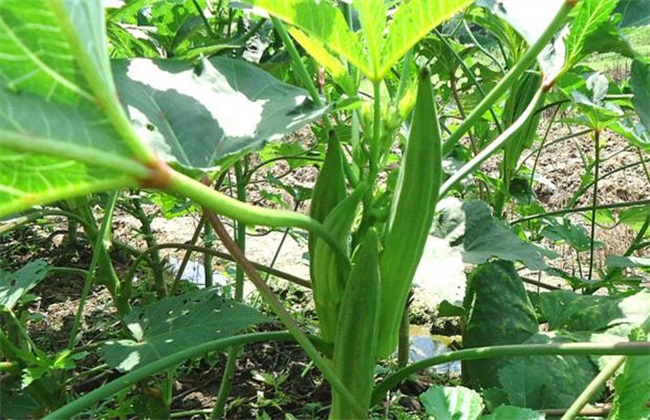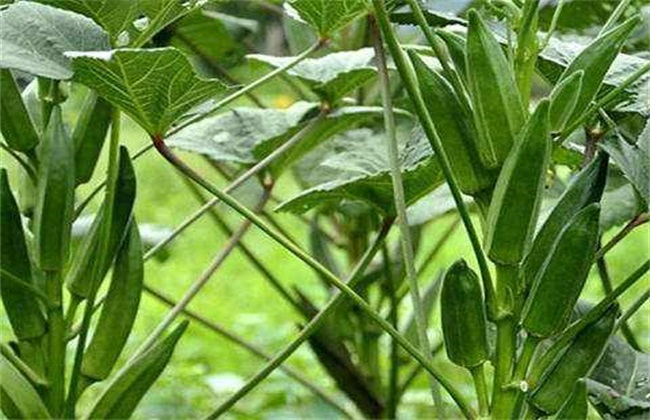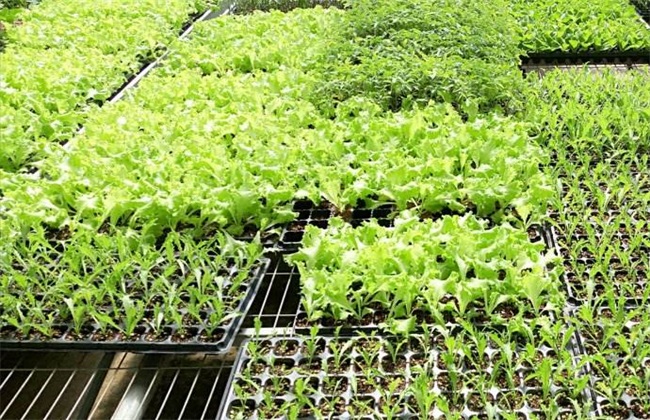High-yield planting techniques of okra
Okra is a very popular vegetable in recent years, and the market demand in our country is increasing every year. Therefore, as more and more people grow okra, the market competitiveness will naturally become greater and greater. Therefore, farmers who plant okra are most concerned about how to increase the yield of okra and expand the efficiency of planting. So the editor brings you the high-yield planting technology of okra today. Let's take a look at it.

1. Seedling raising and transplanting
The sowing time of okra is generally around March every year, mainly in small sheds. Before sowing and raising seedlings, attention should be paid to the preparation of nutritious soil, which is mainly composed of farm fertilizer and compound fertilizer. Then do a good job of soaking the seeds, soak them in warm water for about 14 hours, and then pick up the sprouting. When more than half of the seeds are exposed to white, they can be sown. The main sowing method is hole sowing, and about two seeds are put into each hole to control the sowing density. Do a good job of covering soil and plastic film after sowing to enhance the heat preservation and moisture capacity of the soil. About 5 days later, the seedlings are unearthed, then uncover the plastic film, do a good job of ventilation, and then seedlings, when the seedlings grow about 5 leaves, they can be transplanted in time.
2. Watering and fertilizing
The growth ability of okra is relatively strong, and the amount of fruit is also relatively large. Therefore, when planting, it is necessary to ensure that there is sufficient nutritional water, okra can effectively increase the yield. First of all, we must apply sufficient base fertilizer, about 5000kg per mu and about 50kg per mu. After that, we should also do a good job of topdressing and reasonably supplement the lack of nutrition according to the growth of okra and the fertility of the soil. Then control the water, while ensuring to meet the water demand of okra, we should pay attention to prevent too much water, avoid retting roots leading to plant death, yield decline.
3. Pest control
No matter what is planted, pest control is essential, and okra is no exception. Although okra has strong disease resistance, there will be diseases and insect pests when planting okra. For example, cotton bollworm, anthracnose and so on, will have a great impact on the growth and development of okra. As a result, the yield of okra will decrease, and so will the fruit quality. Therefore, we should regularly carry out comprehensive disinfection in the garden, and then do a good job in the management of water and fertilizer. To achieve early detection and treatment of diseases and insect pests to minimize the losses caused by diseases and insect pests.
4. Timely harvest
Harvest also has a great relationship with the yield of okra. The edible part of okra is mainly tender fruit, and the harvest time of okra is also very important. Do not be too early and too late. If it is too early, okra is not mature enough and its quality will decline. If it is too late, the fruit will be too old and the fiber will gradually age, which will also affect the quality and yield. The harvest time of okra is generally controlled at about a week after the flower withered. When the fruit grows to about 10cm, the fruit quality is the best, so it is also the best time to harvest. When harvesting, you should be careful not to pull it by hand and cut it off with scissors to prevent damage to the plant.
The above is a brief introduction to the high-yield planting techniques of okra. If we want to achieve high yield, then management is very important. In addition to water and fertilizer, we also need to do a good job of weeding, soil cultivation and pruning to promote the growth of okra. That's all for today's introduction. This article is for reference only. I hope it can help you all.
Related
- Where is it suitable to grow horseradish in China? it is expected to see the middle altitude horseradish in Alishan.
- How to prevent tomato virus disease reasonably? (Control methods included)
- Many people like to plant towel gourd on the balcony. What are the main points of this method and management?
- What crops can chili peppers be mixed with?
- Fertilization techniques and matters needing attention in Tomato
- What are the grafting techniques for peach seedlings in spring?
- Harm and control methods of root swelling disease of Chinese cabbage
- What are the pests of sweet potatoes? How to prevent and cure it?
- Symptoms, causes and Control methods of navel Rot in Tomato
- The cause of "Cucumber rotten bibcock" in Farmers' planting Cucumber and its Control Plan



